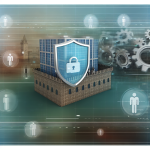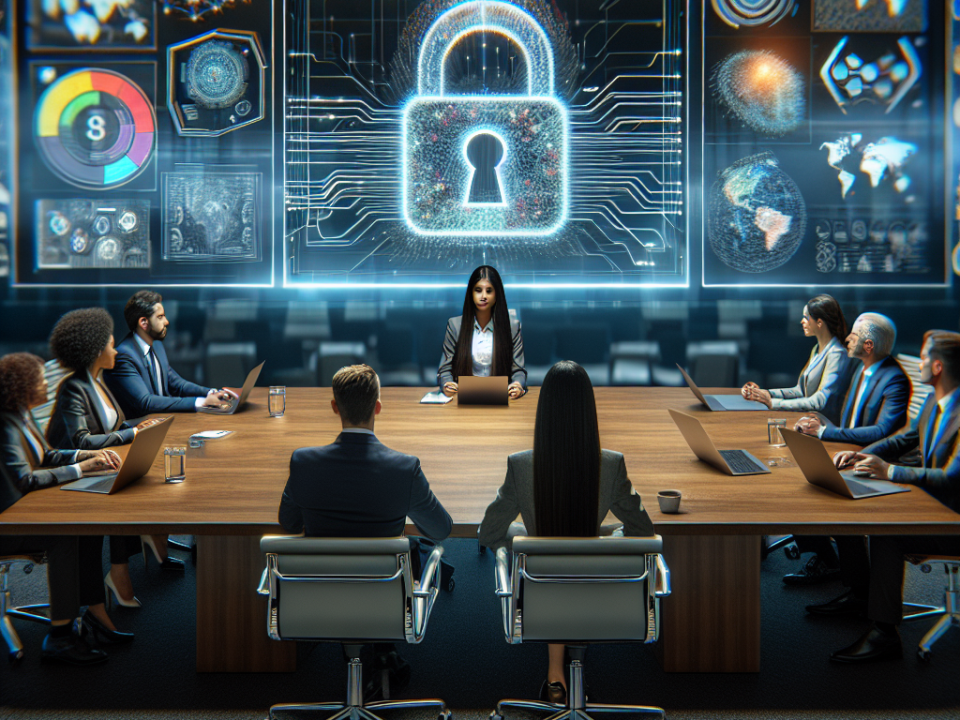
Are You Compliant? The Essential Checklist for Security Assurance
July 25, 2025
Future-Proofing Your Business: The Importance of Proactive Security Compliance
July 26, 2025
In an increasingly connected world, the phrase "the human factor" takes on new significance, particularly when it comes to cybersecurity. While technological advancements play a crucial role in establishing robust defenses against cyber threats, the reality is that the individuals operating within these systems often determine the effectiveness of those defenses. As cyber threats evolve in sophistication, the importance of human awareness cannot be overstated.
Understanding the Human Factor
The human factor encompasses the behaviors, choices, and awareness of individuals within an organization regarding cybersecurity protocols and risks. While automated systems and advanced technologies can thwart many cyber threats, human error remains a leading cause of security breaches. According to industry reports, compromised credentials and insider threats account for a significant portion of data breaches, often initiated by human actions such as falling for phishing schemes or using weak passwords.
The Rise of Social Engineering
Cybercriminals increasingly leverage social engineering tactics to exploit human emotions and behaviors. Phishing emails, for instance, are crafted to appear legitimate, tricking employees into divulging sensitive information or unintentionally clicking on malicious links. These psychological manipulations highlight the necessity for comprehensive cyber awareness training.
The Future of Cybersecurity: Empowering Employees
-
Training and Education
Compliance training is no longer sufficient. Organizations must implement ongoing and engaging educational programs tailored to their specific risks and environments. Employees should understand not just the "what" and the "how," but also the "why" behind cybersecurity measures. -
Creating a Culture of Security
Fostering a security-first culture involves promoting open discussions about cyber threats and encouraging employees to think critically about their actions. Gamification, workshops, and team-based activities can enhance engagement and retention of information. - Scenario-Based Simulations
Real-world scenarios that simulate potential threats can help employees recognize suspicious activities and respond effectively. Regular drills or exercises can solidify knowledge and ensure that everyone knows their role in the event of a security incident.
Technology and Human Collaboration
While human behavior is pivotal, technology is also an integral part of an effective cybersecurity strategy. Advanced technologies such as artificial intelligence (AI) and machine learning can augment human decision-making, providing timely data on potential vulnerabilities and anomalies in network activity. However, for these technologies to function effectively, users need adequate training and understanding of their capabilities.
Organizational Responsibility and Ethics
Organizations should view cybersecurity as a shared responsibility rather than a purely IT issue. Top leadership must advocate for and invest in cyber awareness programs, allocating resources diligently to build resilience against cyber threats. An ethical approach to cybersecurity involves protecting not only your organization but also the customers, partners, and the broader community that may be affected by a data breach.
Measuring Cyber Awareness Effectiveness
To ensure the efficacy of cyber awareness initiatives, organizations should implement metrics to assess employee understanding and behavior changes. These assessments can include quizzes, simulated phishing attempts, and feedback surveys to gather insights into learning outcomes, thus enabling continuous improvement in security practices.
Conclusion: A Secure Future Requires Human Vigilance
As technology continues to advance, the landscape of cyber threats will inevitably evolve. Yet, the human factor will remain a constant in this equation. Cyber awareness is not just a checkbox to be ticked; it is an ongoing commitment to fostering vigilance, responsibility, and resilience among all individuals in an organization.
The future of security lies in empowering people to be aware, proactive, and engaged, transforming them from potential vulnerabilities into the first line of defense against cyber threats. By recognizing the indispensable role that human factors play in cybersecurity, organizations can build a secure future, fortified by informed and alert employees ready to tackle the challenges that lie ahead.







